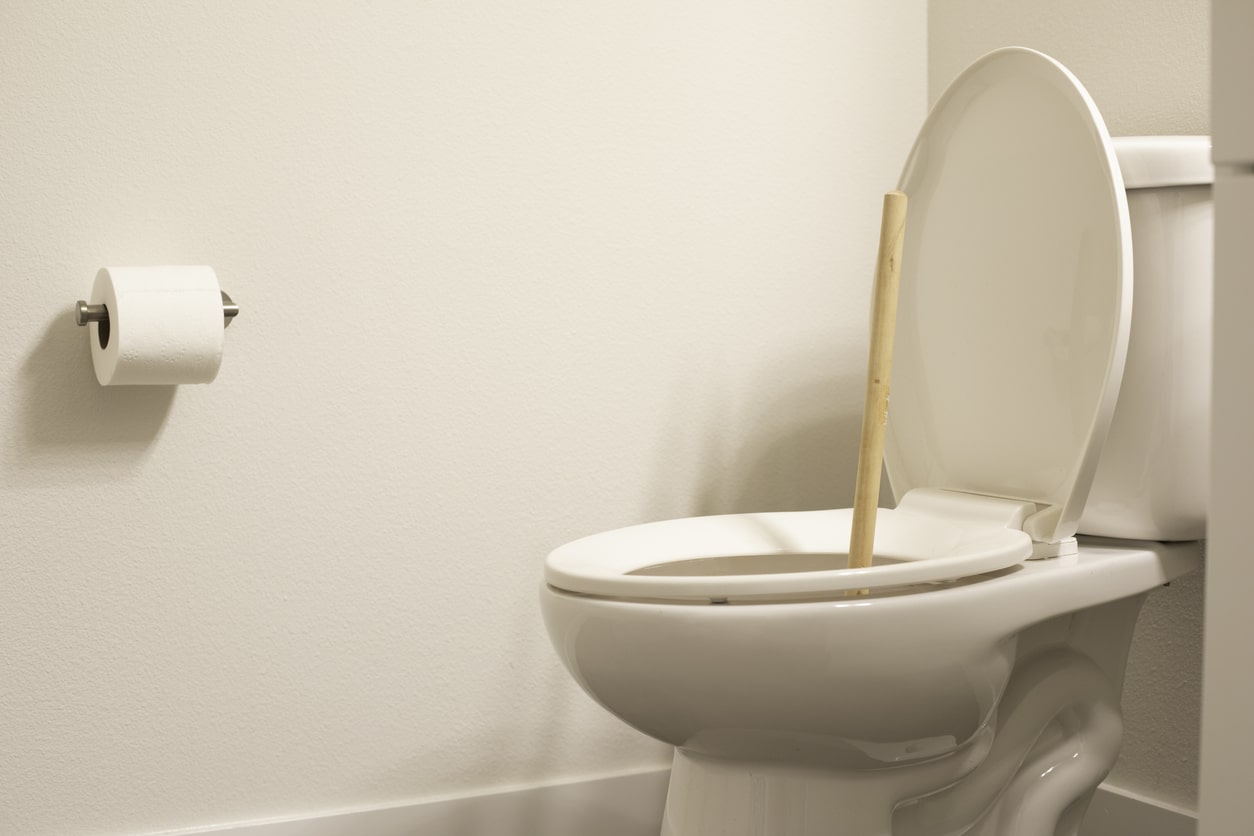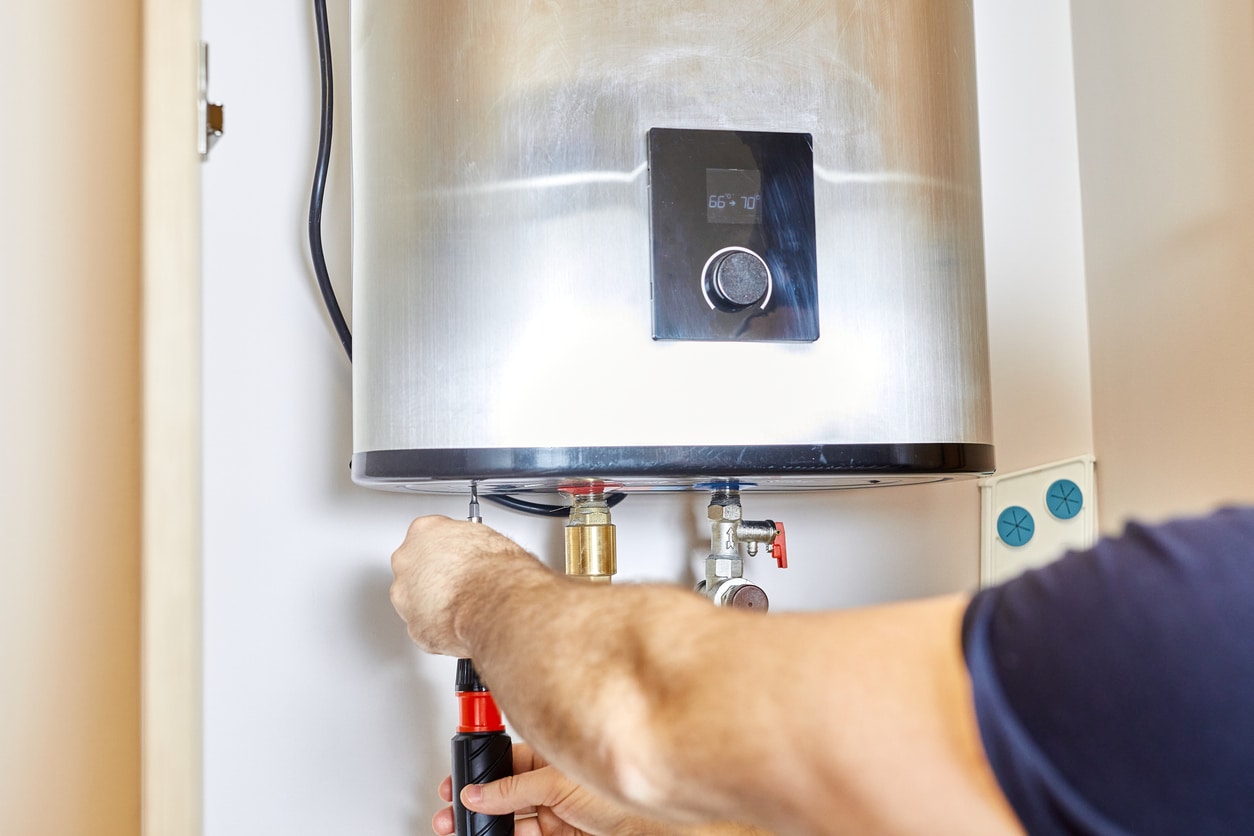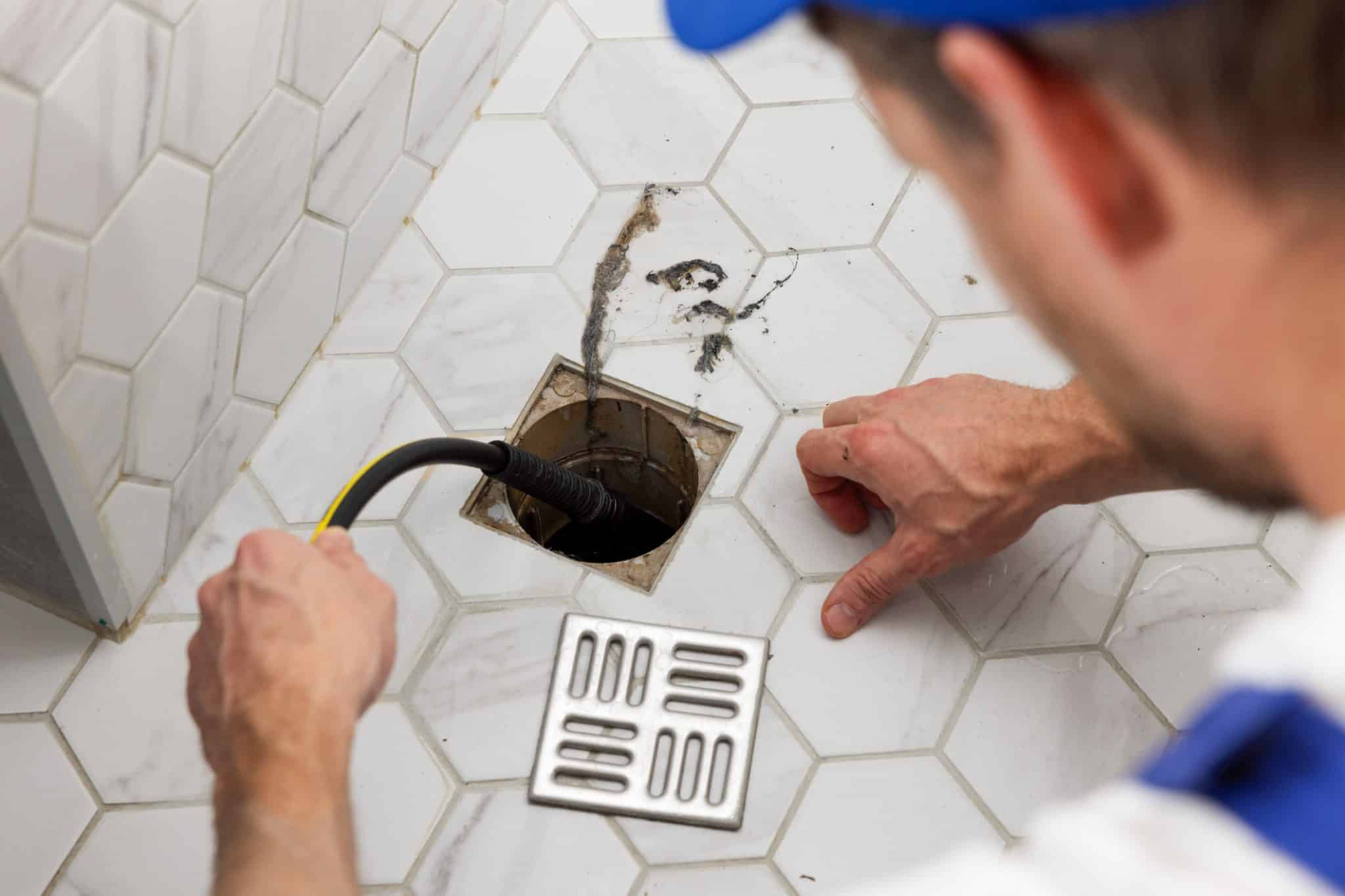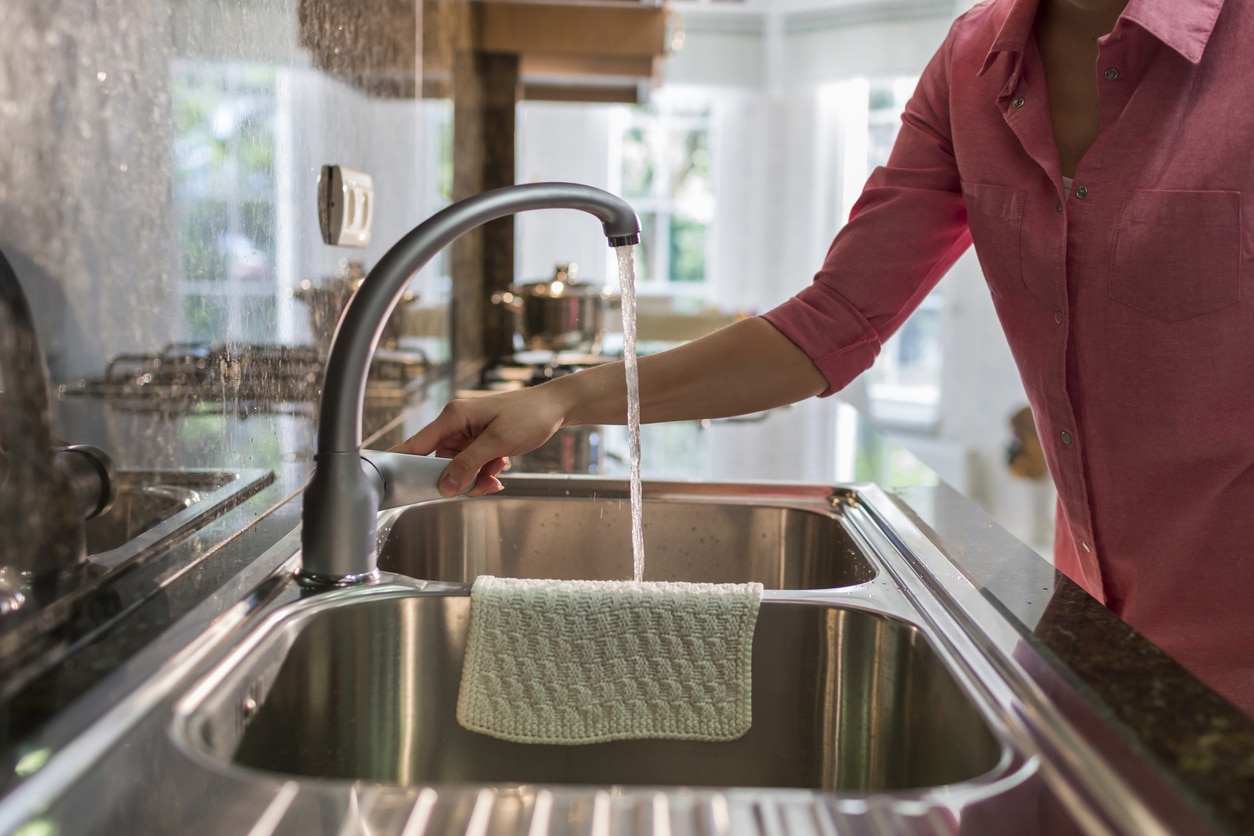 We all know how it feels whenever the toilet won’t flush: frustrated, grossed out, and maybe slightly embarrassed. However, toilet clogs happen to everyone, and being equipped with the tools and knowledge to handle them can make a huge difference.
We all know how it feels whenever the toilet won’t flush: frustrated, grossed out, and maybe slightly embarrassed. However, toilet clogs happen to everyone, and being equipped with the tools and knowledge to handle them can make a huge difference.
That’s why Bob Larson Plumbing is providing this ultimate guide to the common causes of toilet blockages, how to get your commode working again, and what you should never flush. We all know a clogged toilet is an issue that can’t wait, so use this guide to take fast action!
Understanding the Toilet Flushing Mechanism
To resolve a toilet flushing issue, you’ll want to understand the basic mechanics of how a toilet flushes. When you press the flush handle, it lifts the flapper valve, allowing water from the tank to flow into the bowl. This water creates a siphon effect, pulling the waste down the drain and out of the toilet. A properly functioning fill valve then refills the tank, preparing the toilet for the next flush.
Common Reasons Why Your Toilet Won’t Flush
-
- Clogged Drain Line: A clogged drain line is one of the most common reasons why a toilet won’t flush. Over time, debris, hair, and other materials can accumulate in the drain line, causing a blockage that prevents water from draining properly.
- Faulty Flushing Mechanism: If the flushing mechanism, such as the flapper or the fill valve, is not functioning correctly, it can prevent the toilet from flushing effectively. This can be due to wear and tear, improper installation, or a malfunctioning component.
- Low Water Level: A low water level in the toilet tank can result in inadequate water being released during the flush, leading to an ineffective flush. A leaky tank, a problem with the fill valve, or a clogged overflow tube can cause this.
- Mineral Buildup: Mineral deposits, such as calcium or lime, can accumulate in the toilet’s internal components, including the flush valve and the siphon jet. This buildup can restrict water flow and prevent the toilet from flushing correctly.
- Plumbing Vent Blockage: A blocked plumbing vent can disrupt the air pressure in the system, making it difficult for the toilet to flush effectively. Debris, bird nests, or other obstructions can cause blockages in the vent.
How to Unclog a Toilet DIY-Style
Plunger
A plunger is a simple and effective tool for clearing minor clogs. Firmly place the plunger over the toilet’s drain opening and plunge up and down several times to dislodge the blockage.Toilet Auger (Plumber’s Snake)
If the plunger doesn’t work, a toilet auger, also known as a plumber’s snake, can physically break up and remove the clog. Carefully insert the auger into the toilet’s drain and crank it to extend the cable and reach the blockage.Baking Soda and Vinegar
For a more natural approach, pour a cup of baking soda into the toilet, followed by a cup of vinegar. Let the mixture sit for a few minutes, then flush the toilet. The chemical reaction can help break down the clog.Wet/Dry Vacuum
A wet/dry vacuum can effectively remove water and debris from a clogged toilet. Carefully position the vacuum hose over the toilet’s drain opening and turn it on to suck out the clog.Chemical Drain Cleaners
You can use a chemical drain cleaner specifically formulated for toilets as a last resort. Follow the product’s instructions carefully and ensure proper ventilation.Preventing Toilet Clogs in the Future
To avoid future toilet clogs, be mindful of what you flush down the drain. Stick to the basics – toilet paper, human waste, and a small amount of water. Avoid flushing anything else, as it can accumulate and cause blockages over time.
Five Things You Should Never Flush
- Wet Wipes and Feminine Hygiene Products
Despite being labeled as “flushable,” many wet wipes do not break down in water. They can clump together and create blockages in your plumbing system. Similarly, feminine hygiene products, including tampons and pads, are designed to absorb moisture and can lead to severe clogs. Always dispose of these items in the trash. - Paper Towels and Tissues
While they may seem similar to toilet paper, paper towels and tissues are made from different materials that do not disintegrate as easily. Flushing these can lead to backups in your plumbing and contribute to larger issues in the sewage system. Stick to using toilet paper for your flushing needs. - Food Waste
Many people may think that small amounts of food waste can be flushed away, but this is a mistake. Food scraps can cause blockages in your pipes and attract pests. Instead, compost or dispose of food waste in your kitchen trash to clear your plumbing. - Medication
Flushing medications down the toilet can contaminate the water supply and harm aquatic life. Many pharmaceuticals do not break down in wastewater treatment processes, leading to environmental pollution. Instead, follow local guidelines for medication disposal, which often recommend returning unused medications to pharmacies or designated disposal sites. - Cotton Balls and Swabs
Cotton balls and swabs, like wet wipes, do not break down easily in water. They can accumulate in pipes and create blockages over time. Dispose of these items in the trash to prevent plumbing issues and protect the environment.
Regular maintenance, such as cleaning the toilet bowl and checking for any issues with the flushing mechanism, can also help prevent clogs and ensure your toilet continues to function properly.
When to Call a Professional Plumber in Tacoma
Dealing with a toilet that won’t flush can be frustrating, but with the proper knowledge and tools, you can tackle the problem effectively… most of the time. Nonetheless, some clogs might be too stubborn for you to handle on your own.
When you need the touch of a skilled professional plumber, Bob Larson has your back. We can handle any plumbing problem, big or small. Reach out to us today to put your plumbing in the right hands.
Toilet Troubles? Tackle Them with Ease in Tacoma, WA – Call Bob Larson Plumbing for Exceptional Repair Services
Toilet troubles got you flustered? Call the experts at Bob Larson Plumbing in Tacoma, WA for exceptional toilet repair services. Our skilled technicians have the knowledge and tools to swiftly diagnose and resolve any toilet-related issue, from stubborn clogs to leaks.
Keep your bathroom clean and ready when needed – schedule your service appointment today and leave the hard work to us. Contact us today online or by calling (253) 215-8911to schedule service!


